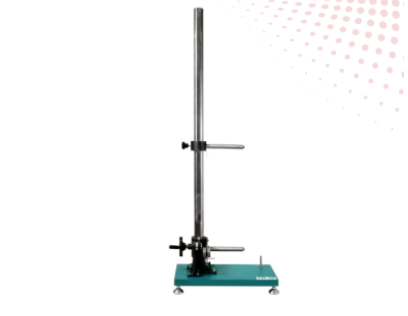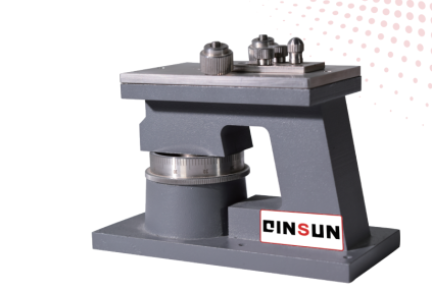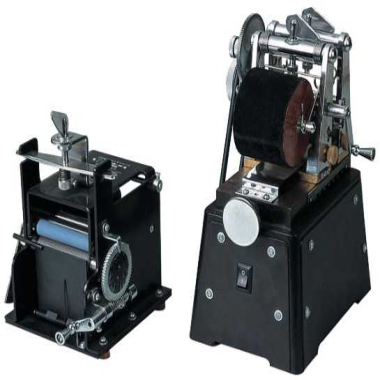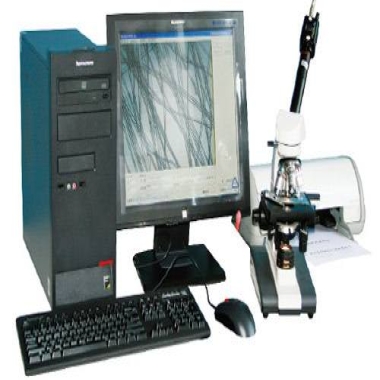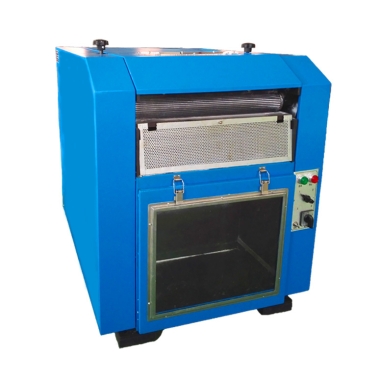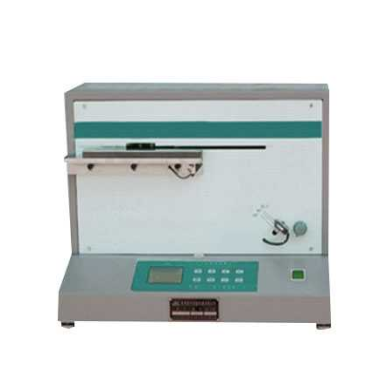Shoe Outsole Slip Resistance Tester

1. Product Introduction & Applications
The Shoe Outsole Slip Resistance Tester is designed to measure the slip resistance of footwear and heel materials under conditions that closely simulate real-world walking. Extensive biomechanical research informs the design, ensuring test conditions reflect the moments during a step when slipping is most likely to occur:
Slip is most likely shortly after heel strike and just before toe lift, when half of the body weight is applied on the toes.
The equipment measures friction and slip resistance between shoe soles/heels and the floor surface.
Applications:
Footwear safety testing for chefs, nurses, industrial workers, and other professionals exposed to slippery environments.
Laboratory and quality control evaluation of slip-resistant shoe designs.
Comparative assessment of different sole materials against standardized flooring surfaces.
Performance verification for claims of “slip-resistant” footwear.
Working Principle:
The machine lifts the heel while keeping the toes on the ground, simulating the phase of a step most prone to slipping. A variable speed motor and a precision control system regulate the movement and forces applied to produce accurate friction coefficient measurements.
The tester supports standard calibrated flooring, and additional floor types can be used if compatible. Both footwear and floor materials can be evaluated against each other.
2. Conformity Standards
The tester is designed to provide measurements comparable to recognized slip resistance testing standards:
ASTM F2913 — Standard Test Method for Measuring Coefficient of Friction of Footwear and Flooring
BS EN 13287 — Personal Protective Equipment. Footwear. Test Method for Slip Resistance
GB/T 28287 — Foot Protection — Test Method for Footwear Slip Resistance
SATRA TM144A — New Method of Non-Slip Test for Footwear
EN ISO 20344 — Personal Protective Equipment — Footwear Test Methods
3. Technical Parameters
| Parameter | Specification |
|---|---|
| Test Motion | Heel lift with toes on the ground to simulate walking step |
| Control System | Specially designed control and data acquisition system |
| Measurement Output | Friction coefficient of each specimen |
| Motor | Variable speed motor for precise speed control |
| Force Control | Maintains required strength and movement during testing |
| Sample Type | Shoes, boots, soles, heel materials |
| Flooring | Standard calibrated floor supplied; other compatible surfaces can be used |
| Test Environment | Laboratory conditions, indoors |
| Dimensions | Custom depending on configuration (floor surface dependent) |
| Power Supply | AC 220V, 50Hz |
Key Features:
Accurate simulation of slip-prone walking moments
Real-time measurement of friction coefficient
Compatible with various flooring and sole materials
Standardized comparison across different shoe designs
4. FAQ
Q1: Can any type of shoe be tested?
A1: Yes, the tester accommodates various footwear, including safety shoes, athletic shoes, and professional work shoes.
Q2: Can different floor types be used?
A2: Yes, the machine is supplied with a standard calibrated floor, and other floors can be used if they can be attached to the tester.
Q3: How is slip resistance measured?
A3: By simulating heel lift while toes remain on the ground, the system measures the friction coefficient during the slip-prone phase of a step.
Q4: Is the test repeatable and reliable?
A4: Yes, the controller and data acquisition system maintain consistent speed and force, ensuring repeatable and accurate measurements.
Q5: What is the main purpose of this tester?
A5: To provide objective, quantitative assessment of outsole and heel slip resistance, supporting footwear safety compliance and R&D.
Leave Message Get Price



